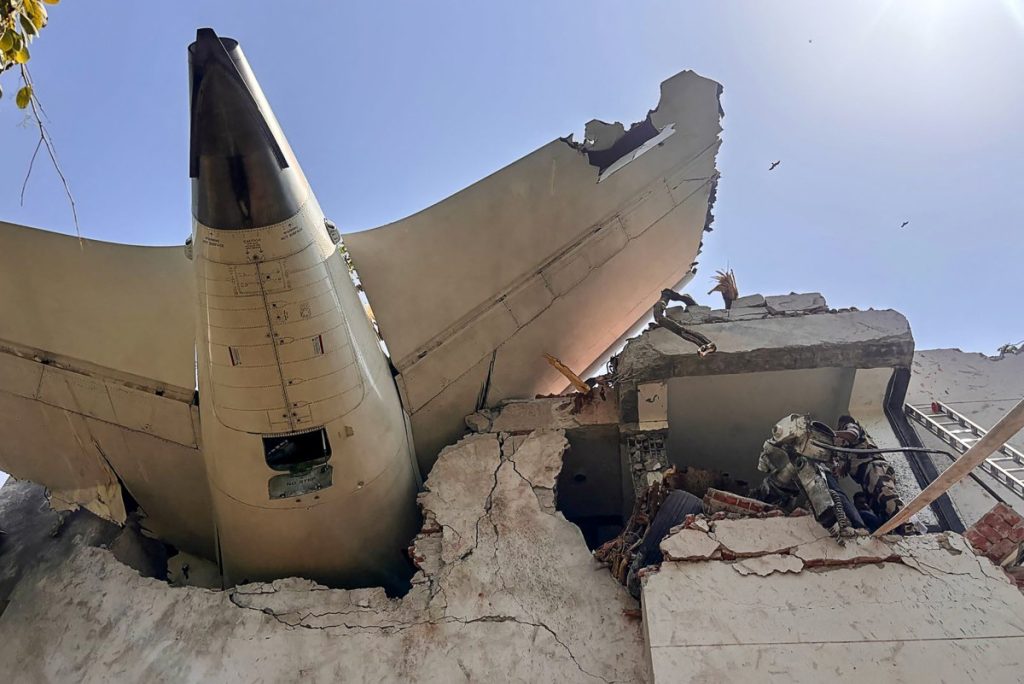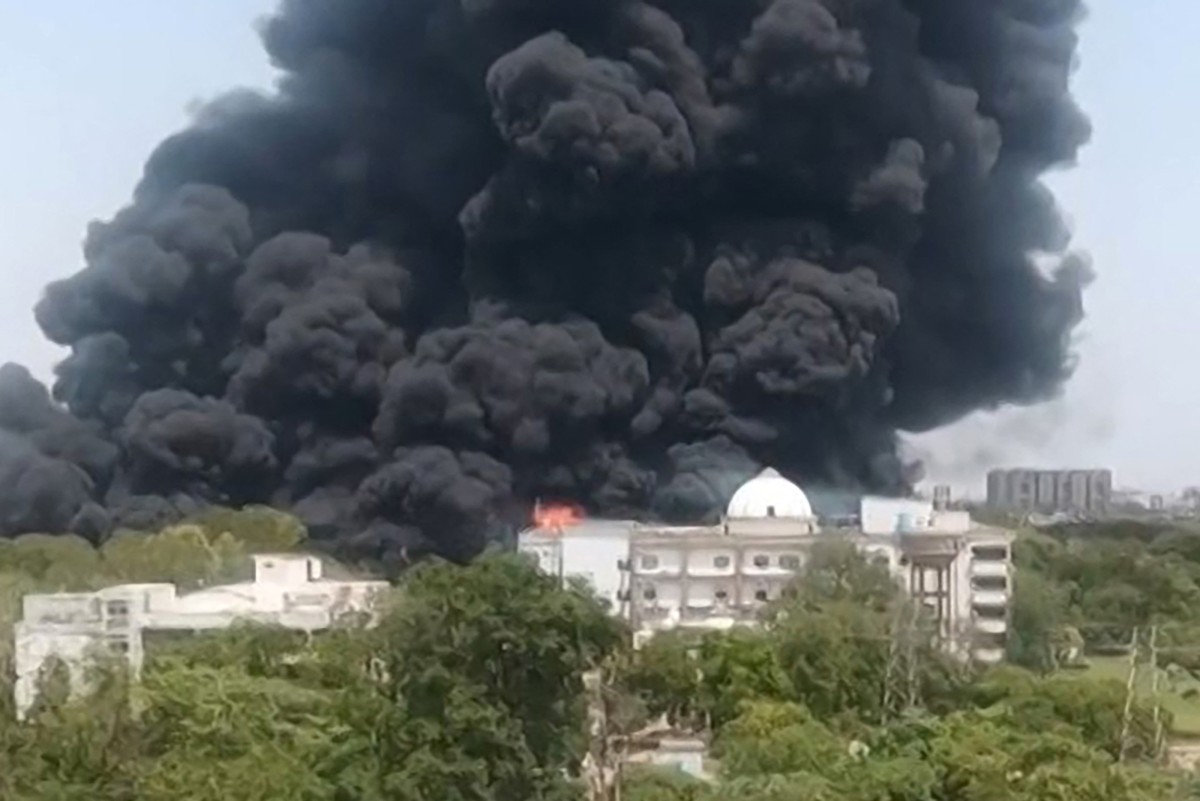Fuel control switches for the engines of an Air India flight that crashed shortly after departing, resulting in 260 fatalities, were shifted from the “run” to the “cutoff” position just moments before the incident, a preliminary investigation report revealed early Saturday.
The report, released by India’s Aircraft Accident Investigation Bureau (AAIB), refrained from drawing conclusions or assigning blame for the disaster that occurred on June 12, but noted that one pilot inquired why the other had turned off the fuel, to which the second pilot replied that he had not done so.
The Boeing 787-8 Dreamliner was en route from Ahmedabad in western India to London when it went down, claiming the lives of all but one of the 242 individuals on board, as well as 19 people on the ground.
In its 15-page report, the investigation bureau documented that after the aircraft reached its highest recorded speed, “the Engine 1 and Engine 2 fuel cutoff switches shifted from RUN to CUTOFF position one after another with a time gap of 01 sec”. The aircraft soon began to descend rapidly.
The switches returned to the “RUN” position afterwards, and the engines seemed to be gaining power, yet “one of the pilots transmitted ‘MAYDAY MAYDAY MAYDAY'”, the report indicated.
Air traffic controllers inquired about the issue, but then witnessed the plane crashing and contacted emergency responders to assist at the site.

According to the UN’s International Civil Aviation Organisation (ICAO), countries leading an investigation are required to submit a preliminary report within 30 days of an accident.
Investigators from the US and UK are participating in the inquiry.
The aircraft was carrying 230 passengers – 169 Indians, 53 British, seven Portuguese, and a Canadian in addition to 12 crew members. Several individuals on the ground sustained injuries.
A single passenger astonishingly survived, a British national who was observed emerging from the wreckage and has since been released from the hospital.
Initially, health officials in the Indian state of Gujarat stated that at least 279 people had died, but forensic experts later revised the count after identifying fragmented and severely burnt remains.


 Trending
Trending 